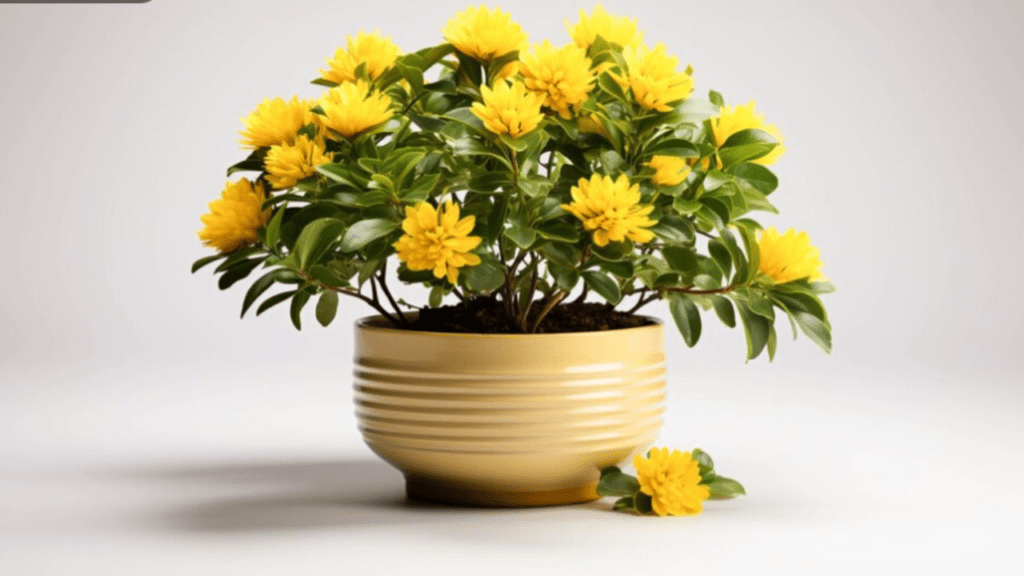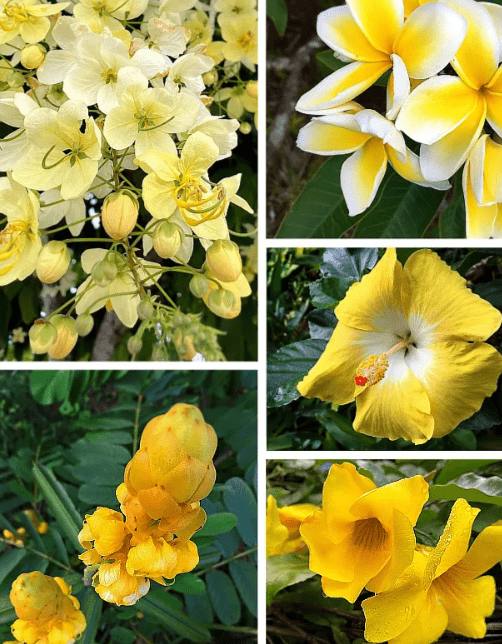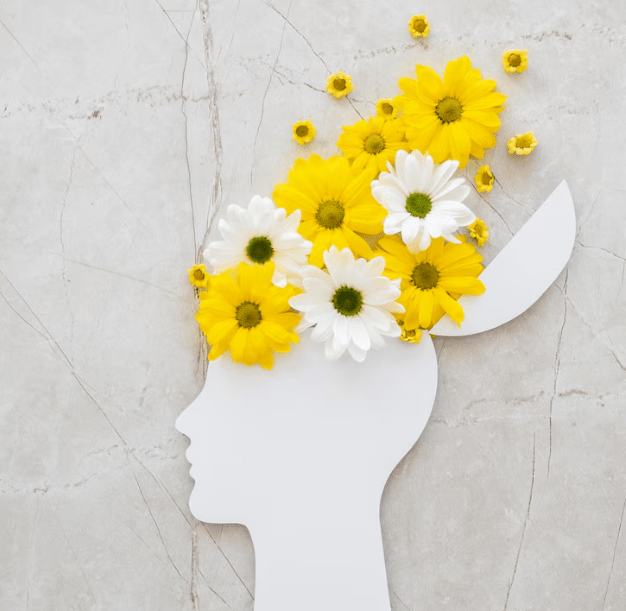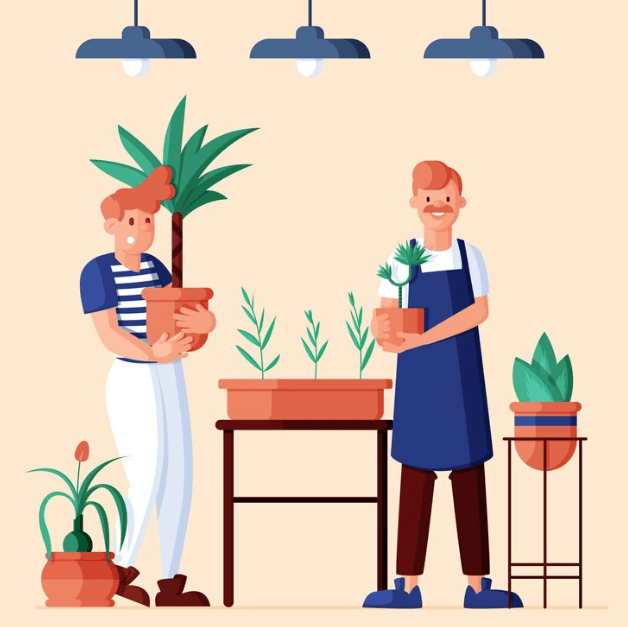
Bringing Sunshine Indoors: Your Ultimate Guide to Yellow Flower House Plants
To the world of indoor gardening, adding yellow flower plants to your collection can bring a pop of vibrant color and a touch of sunshine to your home. Not only are these plants visually stunning, but they also have the added benefit of improving air quality and reducing stress. In this ultimate guide, we’ll explore a variety of yellow flower house plants, from the low-maintenance to the more exotic, and provide tips on how to care for them to ensure they thrive in your indoor space. Whether you have a green thumb or are just starting out, this guide will help you choose the perfect yellow flower house plants to brighten up your home.
Yellow flowers have a special appeal when it comes to adding color and vibrancy to indoor spaces. They can bring a sense of warmth and happiness to any room, creating a welcoming and cheerful atmosphere. In addition to their visual appeal, yellow flowers can also have a positive impact on our mental and emotional well-being. The color yellow is often associated with positivity, energy, and optimism, making it a great choice for indoor plants. In terms of care, yellow flower house plants can vary in their needs, so it’s important to choose varieties that will thrive in the specific conditions of your home. Some popular options include sunflowers, daffodils, and marigolds, all of which are relatively low-maintenance and can add a sunny touch to your indoor space. For those looking to add a more exotic touch, options like orchids or lilies can also be a beautiful addition to your indoor garden. Regardless of the specific type of yellow flower plant you choose, incorporating them into your indoor space can add a burst of color and joy to your home.
Table of Contents
TogglePopular Varieties of Yellow Flower House Plants

A. Description of common species and cultivars
Yellow flowers can have a positive impact on our mental and emotional well-being, as the color yellow is often associated with positivity, energy, and optimism. When it comes to indoor plants, yellow flower house plants can vary in their care needs, so it’s important to choose varieties that will thrive in the specific conditions of your home. Some popular options include sunflowers, daffodils, and marigolds, which are relatively low-maintenance and can add a sunny touch to your indoor space. If you’re looking to add a more exotic touch, options like orchids or lilies can also be a beautiful addition to your indoor garden. Regardless of the specific type of yellow flower plant you choose, incorporating them into your indoor space can add a burst of color and joy to your home.
B. Unique features and characteristics of each variety
of yellow flower plants can vary greatly. For example, sunflowers are known for their large, vibrant yellow petals and tall, sturdy stems. They can add a bold and striking touch to any indoor space. Daffodils, on the other hand, are known for their delicate, trumpet-shaped flowers and sweet fragrance. They can add a subtle and elegant charm to your home. Marigolds are known for their small, bright yellow flowers and their ability to repel pests, making them a practical and beautiful addition to any indoor garden. Orchids are known for their exotic and intricate beauty, with yellow varieties adding a touch of luxury and sophistication to your home. Lilies are known for their graceful and fragrant flowers, adding a touch of romance and elegance to your indoor space. Each variety of yellow flower plant has its own unique features and characteristics, allowing you to choose the perfect plant to match your style and preferences.
Benefits of Growing Yellow Flower House Plants
A. Aesthetic enhancement of indoor environments
is one of the key benefits of growing yellow flower house plants. These plants can add a pop of color and a touch of elegance to any indoor space. Whether it’s the bold and striking presence of sunflowers or the delicate and fragrant beauty of daffodils, yellow flower house plants can transform the atmosphere of a room. They can bring a sense of joy and positivity with their bright and cheerful hues, creating a welcoming and uplifting environment.
In addition to their visual appeal, yellow flower house plants also have the benefit of adding a natural and organic element to indoor spaces. They can help purify the air and create a sense of tranquility and serenity. With their unique shapes and textures, these plants can also contribute to the overall design and decor of a room, adding depth and interest to the space.
Furthermore, caring for and nurturing yellow flower house plants can be a rewarding and therapeutic experience. It provides an opportunity to connect with nature and engage in a calming and fulfilling hobby. The process of tending to these plants and watching them bloom can bring a sense of satisfaction and accomplishment.
Overall, the aesthetic enhancement of indoor environments is just one of the many benefits of growing yellow flower house plants. From their visual appeal to their ability to purify the air and contribute to a sense of well-being, these plants can truly enhance the ambiance of any indoor space.
B. Psychological effects of yellow flowers

is one of the key benefits of growing yellow flower house plants. These plants can add a pop of color and a touch of elegance to any indoor space. Whether it’s the bold and striking presence of sunflowers or the delicate and fragrant beauty of daffodils, yellow flower house plants can transform the atmosphere of a room. They can bring a sense of joy and positivity with their bright and cheerful hues, creating a welcoming and uplifting environment.
In addition to their visual appeal, yellow flower house plants also have the benefit of adding a natural and organic element to indoor spaces. They can help purify the air and create a sense of tranquility and serenity. With their unique shapes and textures, these plants can also contribute to the overall design and decor of a room, adding depth and interest to the space.
Furthermore, caring for and nurturing yellow flower house plants can be a rewarding and therapeutic experience. It provides an opportunity to connect with nature and engage in a calming and fulfilling hobby. The process of tending to these plants and watching them bloom can bring a sense of satisfaction and accomplishment.
Overall, the aesthetic enhancement of indoor environments is just one of the many benefits of growing yellow flower house plants. From their visual appeal to their ability to purify the air and contribute to a sense of well-being, these plants can truly enhance the ambiance of any indoor space.
C. Air-purifying properties
are one of the key benefits of indoor yellow flower house plants. These plants have the ability to remove toxins and improve air quality, creating a healthier environment for the people living in the space. By absorbing harmful pollutants and releasing oxygen, these plants can help reduce the risk of indoor air pollution and its associated health effects. Additionally, the presence of these plants can contribute to a sense of tranquility and well-being, making the indoor environment more pleasant and relaxing. Overall, the air-purifying properties of yellow flower house plants make them a valuable addition to any indoor space.
D. Health benefits
are one of the most important reasons to consider adding yellow flower house plants to your indoor space. These plants have the ability to purify the air by removing toxins and improving air quality, which can lead to a healthier environment for you and your family. In addition to purifying the air, these plants can also contribute to a sense of well-being and tranquility, creating a more pleasant and relaxing indoor atmosphere. The visual appeal of yellow flower plants can also have a positive impact on mental health, as the bright and cheerful colors can help boost mood and reduce stress. Overall, the health benefits of growing yellow flower house plants make them a great addition to any indoor space.
How to Choose the Right Yellow Flower House Plant

A. Considerations for light conditions in your home
are essential when choosing the right yellow flower house plant. Some plants thrive in bright, indirect light, while others prefer low light conditions. Take note of the amount of natural light that enters each room in your home and choose plants that will thrive in those conditions. If you have a room with lots of natural light, look for yellow flower house plants that require bright, indirect light, such as sunflowers or daffodils. For rooms with lower light levels, consider plants like jasmine or begonias that can thrive in low light conditions. By considering the light conditions in your home, you can ensure that your yellow flower house plants will flourish and bring a vibrant pop of color to your indoor space.
B. Assessing space availability and size of the plant
is another important factor to consider when choosing the right yellow flower house plant. You want to make sure that the plant you choose fits well within the space you have available. Some yellow flower house plants can grow quite large, so it’s important to consider the size of the plant and how it will fit within your indoor space. If you have limited space, you may want to consider smaller yellow flower house plants like marigolds or daisies that can thrive in smaller pots or containers. On the other hand, if you have a larger space to work with, you may want to consider larger yellow flower house plants like sunflowers or hibiscus to make a bold statement in your home. By assessing the space availability and size of the plant, you can ensure that your yellow flower house plant will fit well within your indoor space and enhance the overall aesthetic of your home.
C. Maintenance requirements and level of care
are also important factors to consider when choosing the right yellow flower house plant. Some yellow flower house plants may require more frequent watering and pruning, while others may be more low-maintenance. It’s important to consider how much time and effort you are willing to put into caring for your yellow flower house plant. If you have a busy schedule and don’t have a lot of time for plant care, you may want to choose a low-maintenance yellow flower house plant like a daisy or a marigold. On the other hand, if you enjoy spending time caring for your plants and have the time to invest in their maintenance, you may want to choose a more high-maintenance yellow flower house plant like a hibiscus or a sunflower. By considering the maintenance requirements and level of care needed for your chosen yellow flower house plant, you can ensure that you are able to provide the necessary care and attention to help your plant thrive and flourish in your indoor space.
Yellow Flower House Plant Care Guide
A. Light requirements for optimal growth
can vary depending on the specific type of yellow flower house plant. Some yellow flower house plants, like sunflowers, thrive in direct sunlight and require at least 6-8 hours of sunlight per day. Others, like daisies or marigolds, can tolerate partial shade and require around 4-6 hours of sunlight per day. It’s important to assess the light conditions in your home and choose a yellow flower house plant that matches those conditions. If you have limited natural light in your home, you may want to consider investing in a grow light to provide your yellow flower house plant with the light it needs to thrive. By understanding the light requirements for your chosen yellow flower house plant, you can ensure that it receives the optimal conditions for growth and development.
B. Temperature and humidity preferences
are also important factors to consider when caring for a yellow flower house plant. Most yellow flower house plants thrive in temperatures between 65-75 degrees Fahrenheit during the day and slightly cooler temperatures at night. It’s important to avoid placing your plant near drafty windows or heating vents, as extreme temperature fluctuations can stress the plant. In terms of humidity, many yellow flower house plants prefer moderate to high humidity levels, which can be achieved by misting the plant’s leaves regularly or placing a humidifier nearby. By providing the appropriate temperature and humidity conditions for your yellow flower house plant, you can ensure that it remains healthy and vibrant in your indoor space.
C. Watering schedule and techniques
are crucial for the health and growth of your yellow flower house plant. It’s important to water your plant regularly, but not to overwater it. Overwatering can lead to root rot and other issues, so it’s important to let the soil dry out slightly between waterings. When watering, make sure to water the soil directly and avoid getting water on the leaves, as this can lead to fungal diseases. It’s also important to use room temperature water to avoid shocking the plant’s roots. Additionally, consider using a pot with drainage holes to allow excess water to escape and prevent waterlogged soil. By following a consistent watering schedule and using proper techniques, you can help your yellow flower house plant thrive and flourish.
D. Soil type and fertilization
are also essential for the health and growth of your yellow flower house plant. It’s important to use well-draining soil that is rich in nutrients to support the plant’s growth. You can also consider adding organic fertilizers to the soil to provide additional nutrients for the plant. Be sure to follow the instructions on the fertilizer package and avoid over-fertilizing, as this can damage the plant. Remember to regularly check the soil to ensure it remains healthy and fertile for your yellow flower house plant. By paying attention to soil type and fertilization, you can ensure that your plant has the best possible environment to thrive.
E. Pruning and grooming tips
are essential for maintaining the health and appearance of your yellow flower house plant. Regular pruning helps to remove dead or overgrown branches and leaves, allowing the plant to focus its energy on new growth. Use clean and sharp pruning shears to make clean cuts and avoid damaging the plant. Additionally, grooming the plant by removing any yellow or wilting leaves can improve its overall appearance and promote healthy growth. Be sure to regularly inspect your plant for any signs of pests or disease, and address any issues promptly to keep your yellow flower house plant in top condition. Overall, following proper pruning and grooming techniques will help your plant stay healthy and vibrant.
In conclusion, adding yellow flower house plants to your indoor space can bring a pop of color and vibrancy to your home. Whether you choose sunflowers, daffodils, or marigolds, these plants can bring a touch of sunshine indoors. With proper care and maintenance, you can enjoy these beautiful plants year-round. So, if you’re looking to brighten up your home, consider adding some yellow flower house plants to your indoor garden.
Frequently asked questions And Answer
Some popular yellow flower house plants include the African daisy, the sunflower, the daffodil, the hibiscus, and the marigold.
Yellow flower house plants typically need at least 6-8 hours of direct sunlight per day to thrive and produce vibrant blooms.
It’s important to water yellow flower house plants regularly, but be cautious not to overwater them. Also, ensure that they are planted in well-draining soil and fertilize them during the growing season.
Yes, many yellow flower house plants can be grown indoors year-round as long as they receive enough sunlight and proper care.
Some yellow flower house plants, such as the daffodil and the marigold, can be toxic to pets if ingested. It’s important to research the toxicity of specific plants before bringing them into a home with pets.
Yellow flower house plants can be displayed in decorative pots, hanging baskets, or even as part of a living wall. They can also be incorporated into floral arrangements or used as a centerpiece.
Yes, yellow flower house plants, like many other indoor plants, can help improve indoor air quality by filtering out pollutants and releasing oxygen.
Yellow flower house plants can be purchased at local nurseries, garden centers, or online plant retailers. It’s important to choose healthy plants and ensure they are suitable for the indoor environment in your home.
